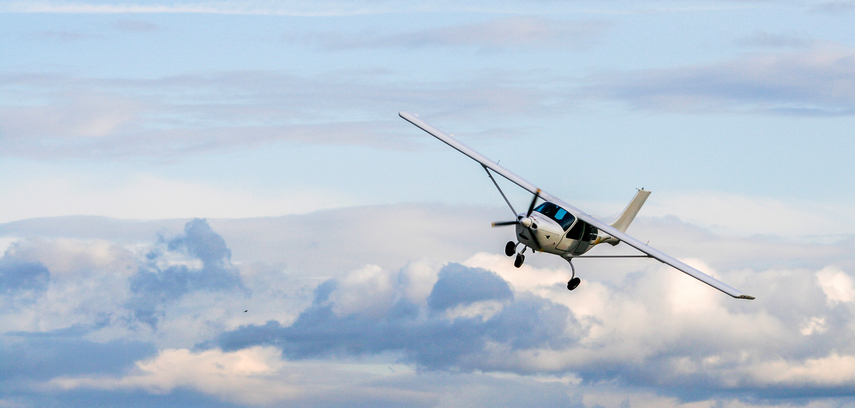
Effective communication between pilots and air traffic control is critical for safe flying. But learning proper aviation radio technique can be like learning an entirely new language. Many student pilots are intimidated using the radio for the first time, and even pilots with years of experience may benefit from reviewing these tips for better radio technique.
Initial contact or initial call up is the first radio call you make to a facility or controller within a facility. The standard procedure for initial contact is intended to be clear and concise, and follows the format of the “4 W’s.” Here are the 4 W’s to identify in your initial call:
Following the 4 W’s helps keep the contact brief and decreases radio frequency congestion.
The Aeronautical Information Manual’s Pilot/Controller Glossary is an essential study tool for becoming a pilot. It can be helpful to review the pilot/controller glossary to brush up on phraseology and avoid using unnecessary jargon in radio communication.
It’s helpful to know what you want to say before keying your transmitter. If you have a lengthy request, the FAA recommends jotting it down in advance so you don’t waste transmission time trying to remember your thoughts. Be sure the microphone is positioned very close to your lips and speak in a conversational tone.
When you’re not in the skies, try listening to the frequencies of your general aviation airport to get a better feel for the flow and environment. You can also listen to live aviation radio frequencies from around the world using the LiveATC mobile app or another similar resource.